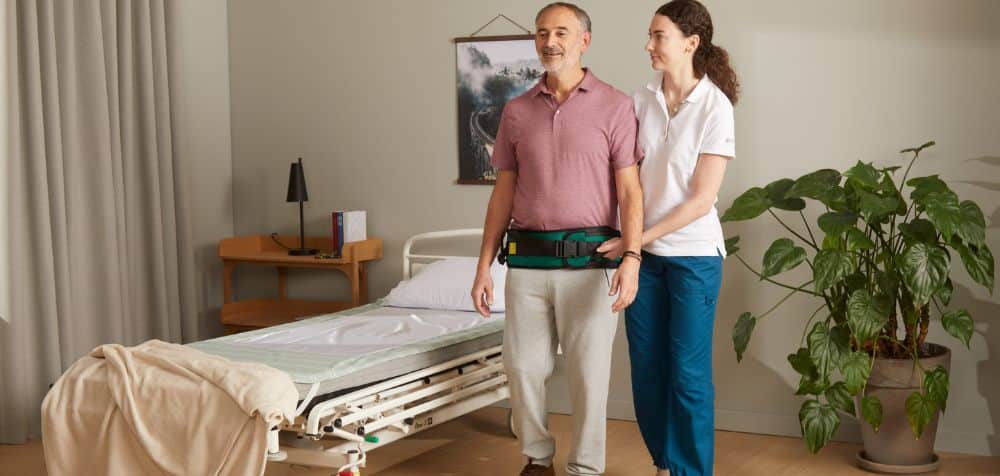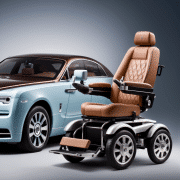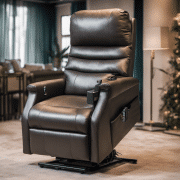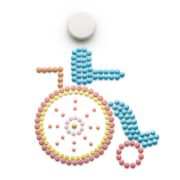Safe Patient Transfer Tips for Caregivers
When performing manual transfer techniques it is important to remember the following: Know your limitations, if you require extra assistance for transfer: ask. It is important to remember to not injure yourself in the process of helping someone else. Know the weight of the patient and how they are being transported. Communicate with the patient...

When performing manual transfer techniques it is important to remember the following:
- Know your limitations, if you require extra assistance for transfer: ask. It is important to remember to not injure yourself in the process of helping someone else.
- Know the weight of the patient and how they are being transported.
- Communicate with the patient and other people assisting: the plan for transferring the patient. Risk of injuries can be minimised through constant verbal communication.

Technique Tips for the Caregiver:
- Avoid body twisting motions as this increases risk of injury for the caregiver.
- Bend and lift from your knees not the waist. Maintain stable footing with a slight bend at the knees. Do not keep knees locked when transferring as this places a greater amount of pressure on the body which can cause inflammation and possible injury.
- Consider your body alignment with the spine as this reduces the risk for strains and sprains.
- Hold the patient close to your body when lifting and transferring them.
- Keeping the feet approximately: shoulder width apart allows for balance to be maintained and patient’s weight to be distributed evenly.
- Assist the patient, don’t lift – making it a joint effort through asking the patient to help you in any way possible.
- If the patient is trying to stand up from a chair: make sure the patient’s legs are on the floor before trying to stand up. Have the patient lean forward before trying to stand – if possible, use a rocking motion to create momentum. Let the patient know when you are going to start, e.g you will stand on the count of three.
- Use the transfer equipment/ tools if needed. This can include using slide sheets, walk belts, chair belts and leg lifters. Receive training if unsure how to use the transfer equipment. The resources section on the Patient Handling website offers a selection of training videos to assist with training.
- Remember when transferring patients, your own health and safety is as paramount as the patient.
Preferred Suppliers for the Healthcare Industry Since 2003
Patient Handling is founded on a sound base of great staff, great products and great partners. We strive to put our clients needs above all else and focus on well thought out solutions for complex needs.



Receive latest news
Contact Us
We are an online store only. Please contact us if you would like a product specialist to assist with your purchase.







